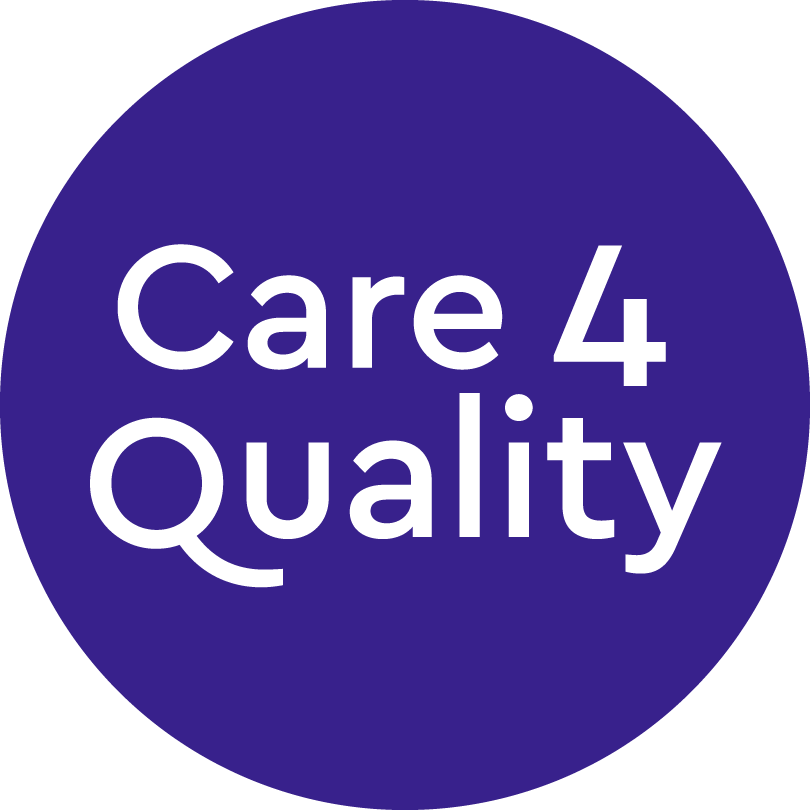Recently Published Guidance for Care Services on COVID-19
Information about the virus
A coronavirus is a type of virus. As a group, coronaviruses are common across the world. COVID-19 is a new strain of coronavirus first identified in Wuhan City, China in January 2020.
The incubation period of COVID-19, is between 2 to 14 days. This means that if a person remains well 14 days after contact with someone with confirmed coronavirus, they have not become a case.
Signs and symptoms of COVID-19
The following symptoms may develop in the 14 days after exposure to someone who has COVID-19 infection:
- cough
- difficulty in breathing
- fever
Generally, these infections can cause more severe symptoms in people with weakened immune systems, older people, and those with long-term conditions like diabetes, cancer and chronic lung disease.
How COVID-19 is spread
From what we know about other coronaviruses, spread of COVID-19 is most likely to happen when there is close contact (within 2 metres) with an infected person. It is likely that the risk increases the longer someone has close contact with an infected person.
Respiratory secretions containing the virus are most likely to be the most important means of transmission; these are produced when an infected person coughs or sneezes, in the same way colds spread.
There are 2 main routes by which people can spread COVID-19:
- infection can be spread to people who are nearby (within 2 metres) or possibly could be inhaled into the lungs
- it is also possible that someone may become infected by touching a surface, object or the hand of an infected person that has been contaminated with respiratory secretions and then touching their own mouth, nose, or eyes (such as touching door knob or shaking hands then touching own face). Our current understanding is that the virus doesn’t survive on surfaces for longer than 72 hours.
There is currently little evidence that people without symptoms are infectious to others.
How long the virus can survive
How long any respiratory virus survives will depend on a number of factors, for example:
- what surface the virus is on
- whether it is exposed to sunlight
- differences in temperature and humidity
- exposure to cleaning products
Under most circumstances, the amount of infectious virus on any contaminated surfaces is likely to have decreased significantly by 72 hours.
Regular cleaning of frequently-touched hard surfaces and hands will therefore help to reduce the risk of infection.
